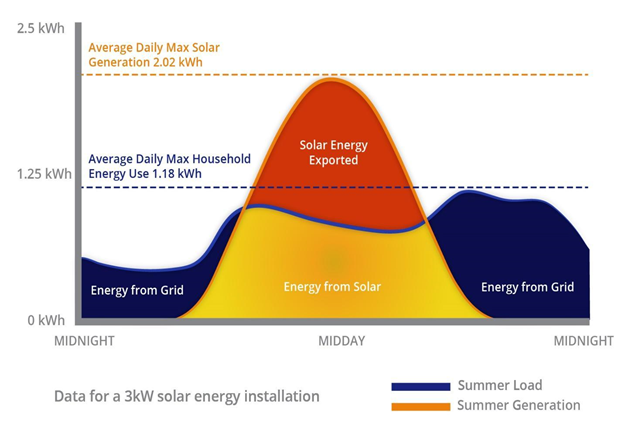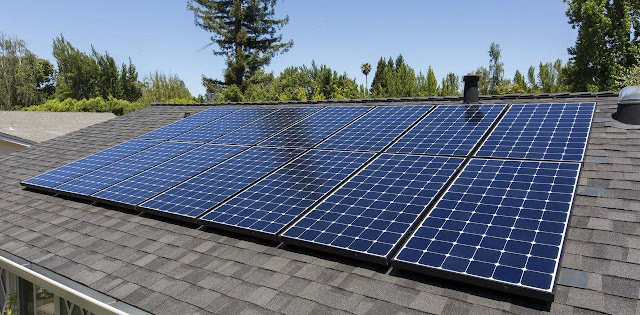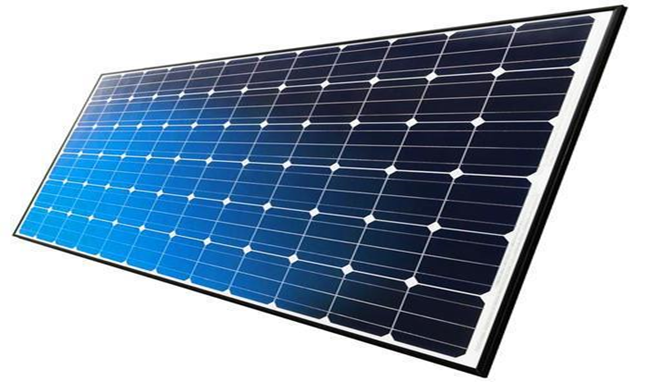Why 3KW output is not received from the 3KW solar system?
You might be looking for
a 3kW solar power system for your home from the best solar company in
Sydney. First, you'll need to establish whether a 3kW
system is sufficient to power your space. 3kW solar power systems were once the
most popular option in Australia. They can run most appliances in a house with
two or three occupants if it is a small dwelling. There's a quick and easy way
to find out if a 3kW solar power system will suit your home and lifestyle and
that's to check your bill! If your energy bill says you're consuming about 200
kilowatt-hours (or kWh) per month, a 3kW solar power system will do just fine!
We have a little bit to cover on this one, so stay tuned.
What do kilowatt-hours
exactly mean?
The kilowatt-hour on
your energy bill is a great way to see how much energy you're using. This is
where it can get confusing, as it's not really about how many kilowatts per
hour you're using. This is the amount of energy you use if you leave a 1000
watt appliance on for an hour. For example, a 200 kW electric blanket would
take 5 hours to consume 1 kilowatt-hour of energy. Whereas if you are using a 1000kW
microwave then it will take one hour to use 1 kilowatt-hour of energy. Now that
you're ready to get up to speed on kilowatt-hours, let's move on.
Is installing a 3kW
solar system be enough for me?
A common misconception
is that if you install a 3kW solar power system, you'll get the full 3kW of
power once the sun goes down. In fact, this idea can be applied to any size of solar systems in
Sydney. However, it's important
to keep this in mind when it comes to 3kW systems because it may be enough to
power your home, and if you don't get the full 3kW, it may not be enough.
In fact, you probably
get about 80% of your system's maximum output in the middle of the day during
the summer. Of course, this depends on factors such as your system
configuration and where you live. So in this case a 3kW system can at times
only output 2.4kW, max 3kW. One reason you may not see the indicated potential
power as soon as the sun rises is the position of the sun.
Position of Sun
Take a look at the solar
output graph below. You will see that solar power systems are expected to be
most productive around noon.
The reason we get this
size is based on the angle of the sun relative to your panels. In the morning,
when the sun is still rising, it is essentially at its lowest point in the sky.
For sunlight to reach your panel at this time of day, it has to pass through as
much of the atmosphere as possible. This is important to keep in mind, as the
Sun's energy is absorbed as it travels through the atmosphere. So that means
the more it passes through the atmosphere, the more energy is absorbed and the
less is available for your panels to convert to electricity. At noon, when the
sun is directly overhead, sunlight does not need to pass through as much of the
atmosphere. Hence, panels absorb more sunlight during this time.
The same concept is
applicable during winter as well. However, on the gloomiest of winter days,
your panels may absorb less sunlight. This can be explained simply because the
sun is lower in the sky than in summer. In addition, the thickness of the
clouds also affects the amount of sunlight that solar panels can absorb. We can
also see thick clouds in winter and this is something else worth considering.
It is harder for sunlight to travel through dense clouds, which will affect the
output of your solar power system. While we have discussed the position of the
sun and how it can affect the output, there is another factor to consider when
your system may not be at its best, even in the afternoon. We are talking about
the temperature.
The Temperature of the
Solar Panel
The biggest reason why
your solar power system is not performing at its best is temperature, apart
from what we have already mentioned. Before talking about temperature, we
should first talk about standard test conditions. When the size of the solar
power system is 3kW, it means that your system will perform at peak performance
under standard test conditions which are the only industry standards to which
solar panels are tested before they can be built on your roof. The standard
test conditions are as follows:
●
Solar cell temperature of 25˚C;
●
1000 watts of light energy per square meter and;
●
Air mass of 1.5 (Air mass refers to the amount
of light in the atmosphere before it reaches Earth. This can be tricky.)
For now, we'll just focus on
temperature. Therefore, because the panels in a solar power system are
operating at the maximum output when the cells are at 25 °C, increasing the
temperature will reduce the peak output. The amount of performance reduction will
vary for different brands (some better solar retailer Sydney and a good reason to buy the
panel). As we all know Australia can get very hot in the summers. What you may
not know is that your solar panels can reach temperatures of around 75˚C on hot
summer days. Isn't it Very Hot? At this temperature, your maximum output will
be about 80% of your system's stated output.





Comments
Post a Comment